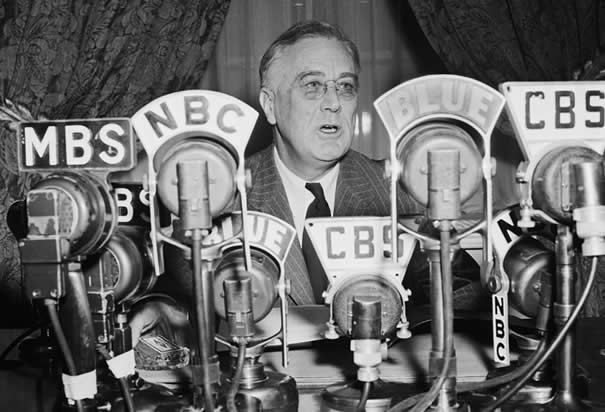- City:
- Washington, TX
- Site Type:
- Parks and Recreation, Amphitheaters and Bandshells
- New Deal Agencies:
- Work Relief Programs, Works Progress Administration (WPA)
- Quality of Information:
- Moderate
- Marked:
- No
- Site Survival:
- Extant
Description
The small frontier town of Washington, Texas entered history on March 2, 1836 when representatives of the largest settlements in Texas met inside an unfinished building near the banks of the Brazos River to declare independence from Mexico. When independence was gained, some of those delegates lobbied to designate Washington as the permanent capital of the new Republic of Texas. However, that honor went to Austin, and by the end of the nineteenth century, Washington was little more than a ghost town. In the 1910s, community groups and influential citizens lobbied Texas legislators to make the state acquire sites related to the most crucial events of the struggle for independence and to the Republic of Texas. Legislation finally passed in 1915 that provided funds to acquire historic sites. In 1916, 50 acres of the original Washington town site were purchased and the State Park at Washington was created. However, little money was allotted to improve it.
It was the response to the Great Depression that led to the improvement of the site through government stimulus money and work relief programs. The 1936 Texas Centennial also brought money to historic sites. A United States Centennial Commission had been appointed in 1935 to oversee $3 million in appropriations for Texas Centennial projects around the state. The State of Texas earmarked a matching $3 million. The allocation of $34,000 to Washington State Park allowed for the purchase of 20.98 additional acres of land, utility and landscaping work, renovation of the caretaker’s cottage, a monument honoring George Campbell Childress, author of the Texas Declaration of Independence and the relocation of a historic home to the grounds of the park. The house was “Barrington,” from the farm of Anson Jones, last president of the Republic of Texas. The Works Progress Admnistration also built a stone amphitheater at the site.
Today, Washington-on-the-Brazos State Historic Site is 293 acres.There are interpretive trails through the original town site including a replica of the building where the Texas Declaration of Independence was signed. “Barrington” house was restored and is the centerpiece of the Barrington Living History Farm. The Star of the Republic Museum, operated by Blinn College, and a Texas Parks and Wildlife Visitor Center provide exhibits on the history of the area.
Source notes
Trujillo, Miguel. "Light and Shadows in Texas Preservation" Gaskill, Melissa. "Where Texas was Born." Texas Parks and Wildlife, March 2016.Site originally submitted by Larry Moore on May 9, 2016.
Contribute to this Site
We welcome contributions of additional information on any New Deal site.
Submit More Information or Photographs for this New Deal Site


Join the Conversation